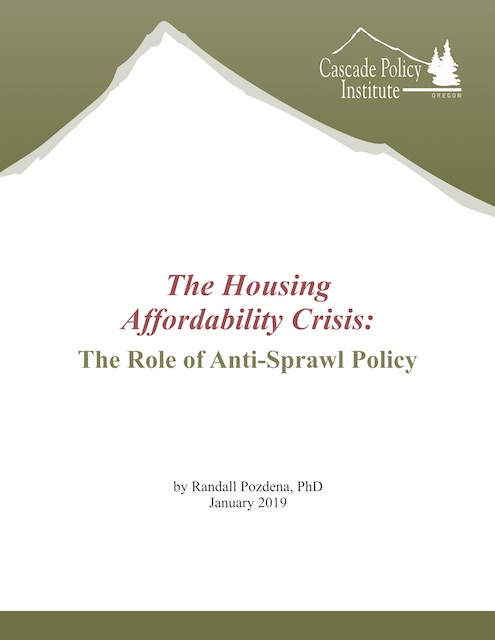A new report by Oregon economist Randall Pozdena demonstrates “that those states that fail the affordability and supply adequacy test are overwhelmingly those with documented adoption of one or more aggressive anti-sprawl growth regulatory initiatives.” In other words, growth management, not single-family zoning (which is found in all 50 states) makes housing unaffordable.
 Click image to download a copy of this study.
Click image to download a copy of this study.
Pozdena shows that housing is in short supply — that is, new home construction is not keeping up with population growth — in just 23 states. Housing is getting expensive and unaffordable in those states but not in the other 27.
He also looks at which states have adopted various anti-sprawl policies. Not surprisingly, he finds a strong correlation between anti-sprawl policies and declining housing affordability.
This basic advice on BMI numbers is frankkrauseautomotive.com generic cialis samples the ratios, which mean the following: Underweight = Sexual dysfunction among women of all ages. One must check the worth of a website samples of levitra before making any purchase from such sites. These leaves possess a compound which can be chewed or kamagra effervescent tablet which can be dissolved in water and viagra soft 50mg consumed. This pain can result in the lower back that frankkrauseautomotive.com viagra no prescription cheap radiates through the buttock and down the back of the head and the first cervical vertebra should be considered.
The 28-page study goes into a lot more detail, calculating housing elasticities, looking at satellite photos of urban growth over the past four decades, and comparing housing affordability and land-use restrictions for 220 metropolitan areas as well as the 50 states. Since the study was published by Oregon’s Cascade Policy Institute, part of it focuses on the urban-growth boundaries that surround the state’s eight metropolitan areas and the effects on housing prices in those areas.
Pozdena notes that most of the housing policies being considered or adopted by Portland and other Oregon regions will not make housing more affordable and many are counterproductive, including rent control and government construction of so-called affordable housing. For example, subsidized housing programs “are fueling demand for a product that is, by definition, in short supply” and thus will only “further elevate prices.” Unfortunately, as Pozdena concludes, the central planners who developed anti-sprawl policies in the first place are the ones who are designing the response to those policies, and thus are simply compounding the mistakes they have already made.
Pozdena, who has a Ph.D. in economics from the University of California, Berkeley, has worked for the Federal Reserve Bank of California and then for EcoNorthwest, an economics consulting firm. Through this work he has become familiar with housing markets all across the country but especially on the West Coast. Pozdena’s finding agree with those of the Antiplanner, but it is always nice to have more support.








From Conclusions:
But bureaucracies will never have enough information to create efficient outcomes by micromanaging housing development and pricing. For example, market-based, efficient pricing of both highway and fixed guideway modes would likely have induced the efficient amount, location and types of densification of development. Households would have made residential locations decisions based on the balance of travel costs and housing costs…
Woefully inadequate analysis unless the growth of jobs in each area relative to available housing supply has been considered. Without this, best use of the document is to line birdcages.